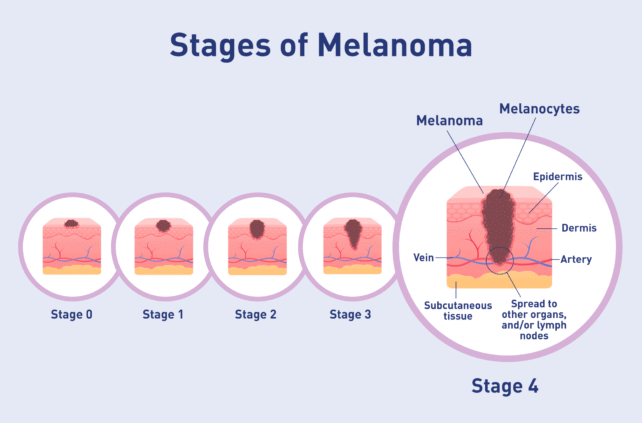Heading up the hill, the surroundings appeared grim. On one side, burnt houses and skeletal trees. Across the road, the national botanical garden lay in ruins. The acrid smell of wildfires that claimed 131 lives and destroyed thousands of homes still lingered. However, at the hill’s peak, a spectacular sight greeted the eye. The neighborhood of Botania stood untouched amidst the ash and soot, with its brightly painted houses and undisturbed cars.
With the deadly fires devastating Chile, the story of Botania’s preservation has generated astonishment and disbelief. The neighborhood’s rescue points to potential solutions and proactive measures in the face of increasingly severe wildfires worldwide. Massive wildfires pose a new danger to Chile, and here is why they are so lethal.
What saved Botania was a well-executed fire prevention plan developed by Chilean forestry officials and a local NGO, with support from the U.S. government. With over $20,000 in funding from the U.S. Agency for International Development, community leaders had prepared for future fires by purchasing supplies and undergoing training. However, as the fires raged and destroyed thousands of homes, many communities lacked the necessary plan and training.
Authorities estimate that 70% of the region’s destroyed homes were concentrated in irregular settlements called “tomas ilegales.” These settlements, characterized by improper forest management, litter-strewn streets, and houses built with cheap, flammable materials, became easy targets for the fires. The prevalence of tomas ilegales is intertwined with a surge in forest fires, exacerbated by deliberate ignition, drought, climate change, and El Niño. Central Chile, popular with tourists, has seen intense fires in recent years, reshaping the region due to the irregular settlements. One-fourth of all tomas ilegales in Chile are found in Valparaíso’s slopes and hills, housing over 30,000 people.
A resident named Sebastián Todd Navarro witnessed the devastation in his community, Villa Independencia, when the fire consumed it in a matter of minutes. The state’s neglect was evident as the community lacked sufficient support and infrastructure to prevent the fire’s destruction. Navarro’s revelation was a stark contrast to Botania’s successful rescue, which began with a fire prevention project initiated in 2022 after a nearby fire threatened the botanical garden and, by extension, Botania. Sensing the threat, the residents agreed to join a pilot project led by a local NGO, Caritas Chile, and supported by Chilean forestry officials and a U.S.AID grant.
For Botania, the plan was simple but crucial: eliminate vegetation near houses, clear dry pastureland, and create a firebreak. The residents underwent training and held regular planning sessions, installing a command center and utilizing water sprayers to slow the flames’ advance. As the fire approached, they evacuated, fearing the worst, only to discover that their meticulous preparations had paid off.
While relief and joy initially engulfed the residents, it soon gave way to sorrow as they gazed at the ashen surroundings. Despite the devastation, Botania had survived. This article was updated to correct the number of people arrested in connection with a previous fire.
Unaffected Chilean Neighborhood Stands Out Amid Wildfires














